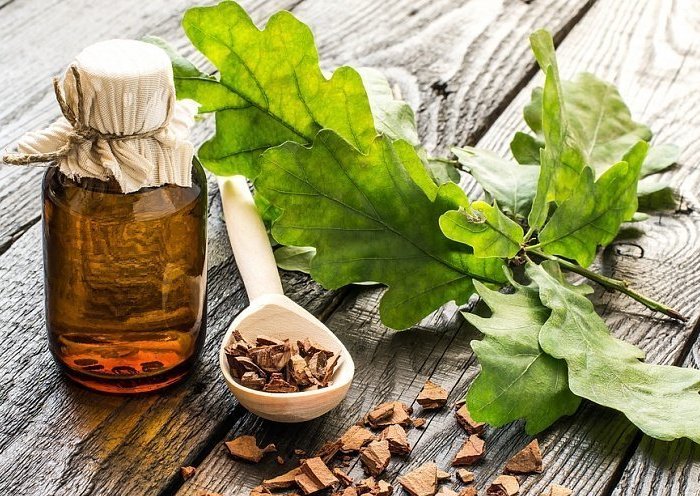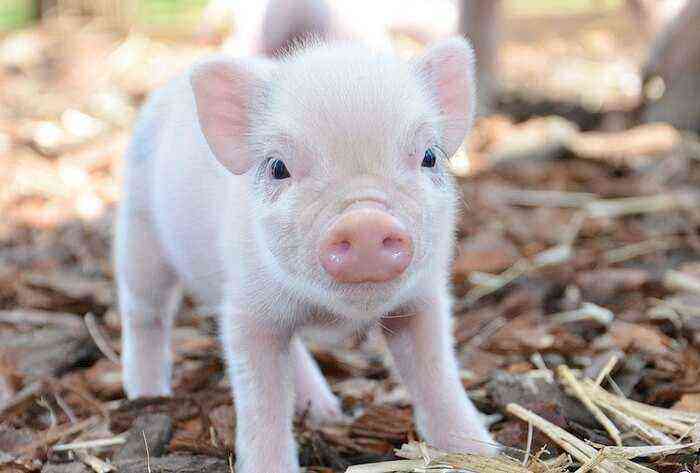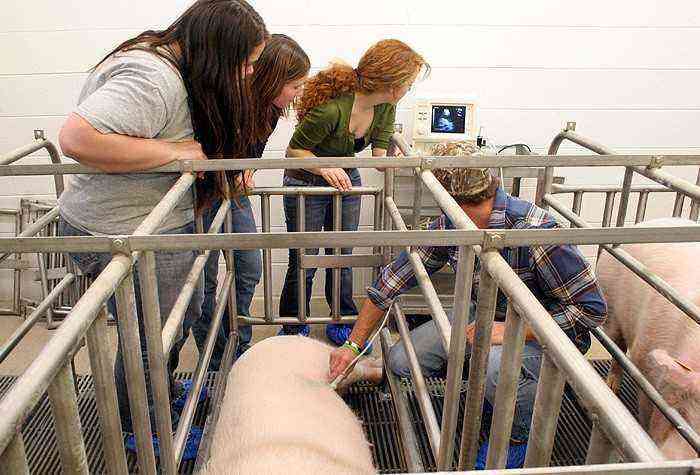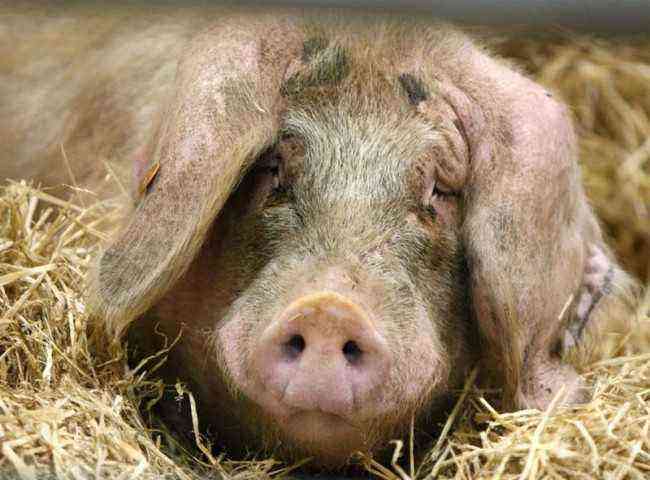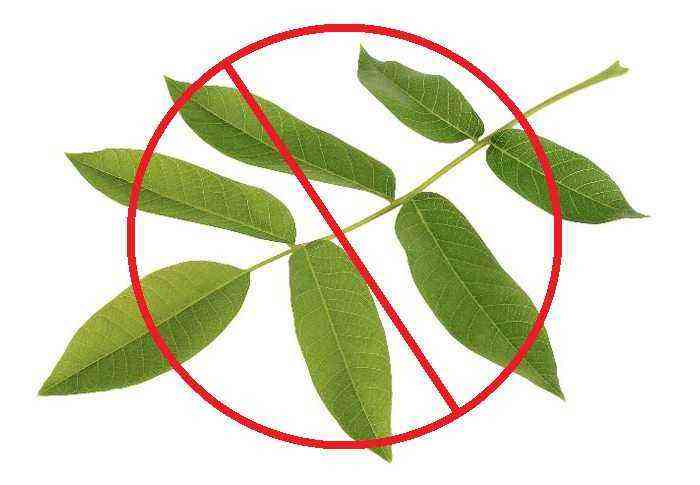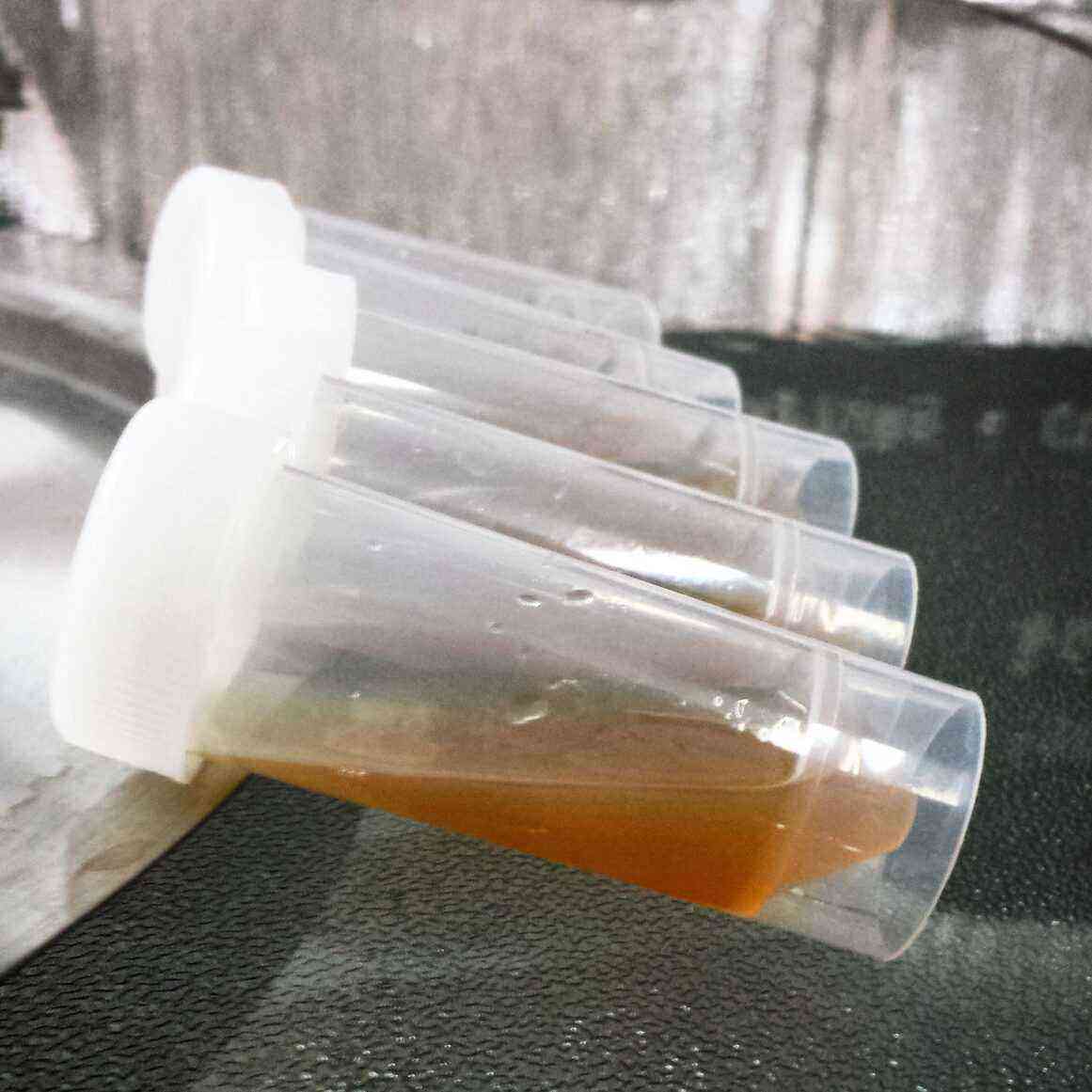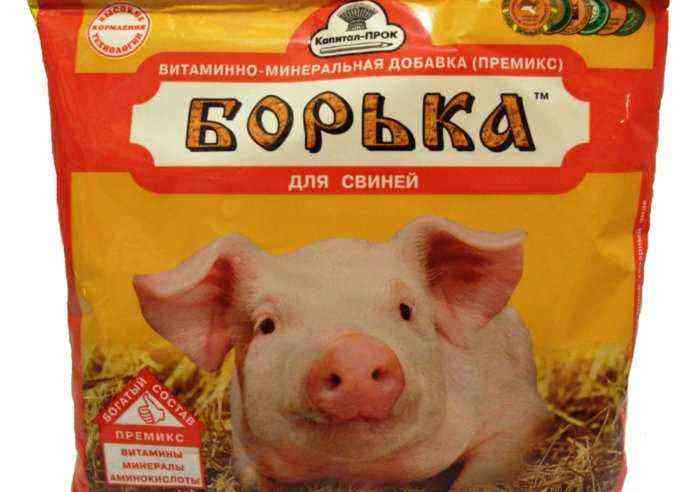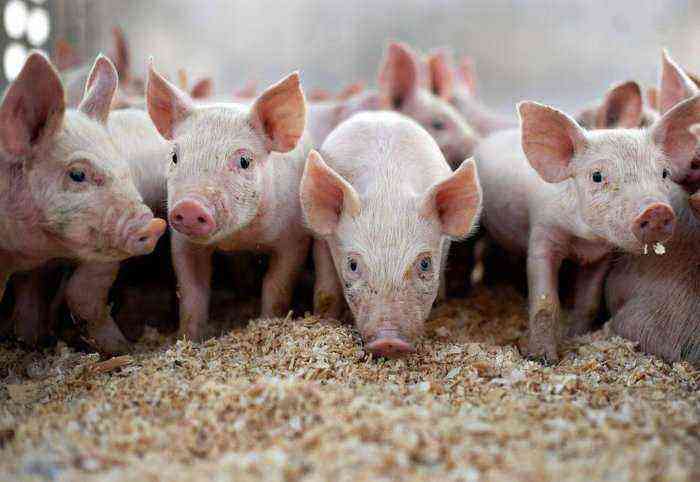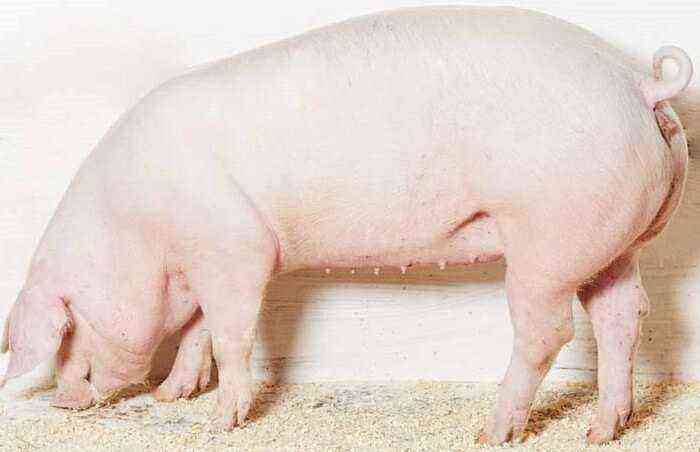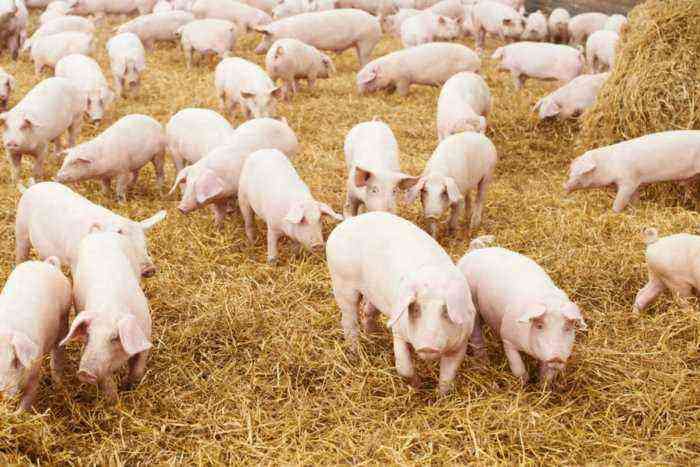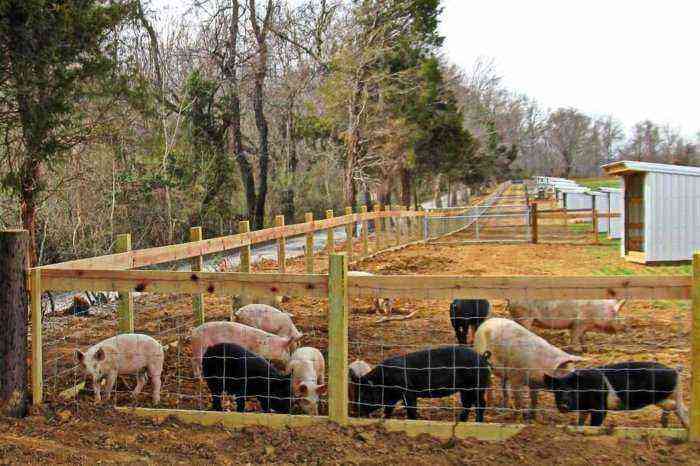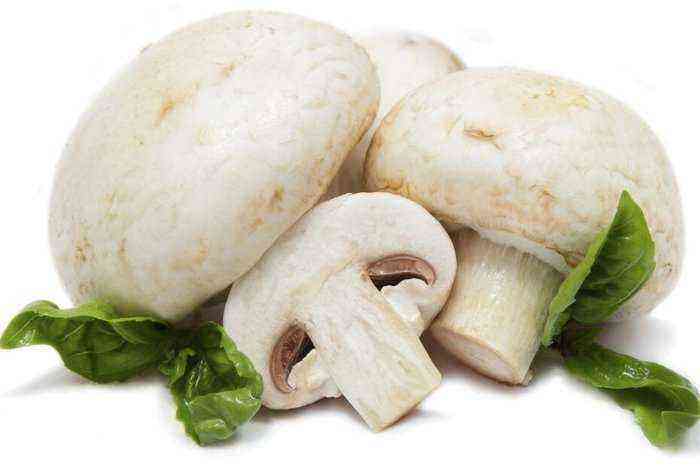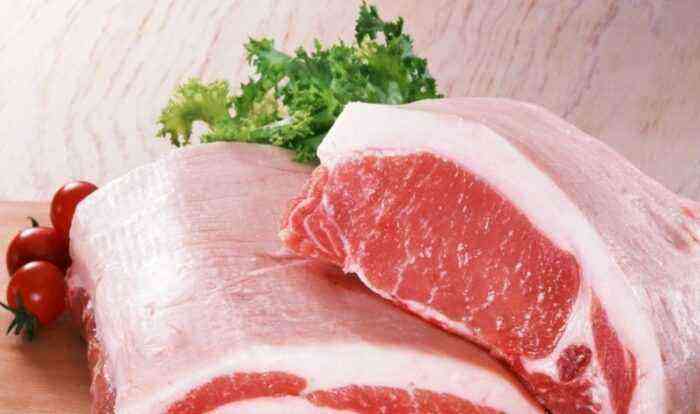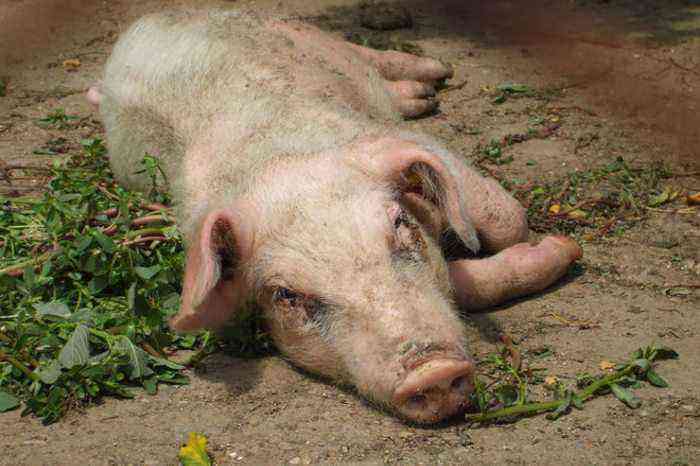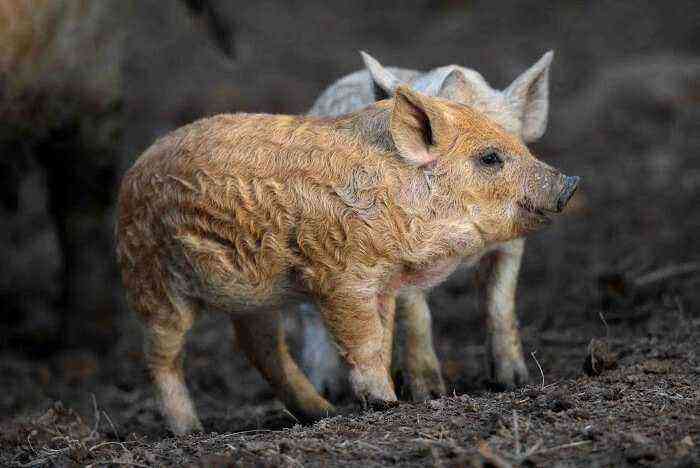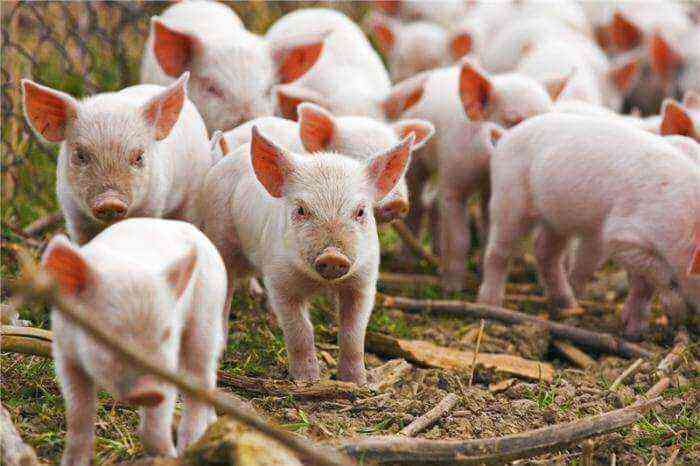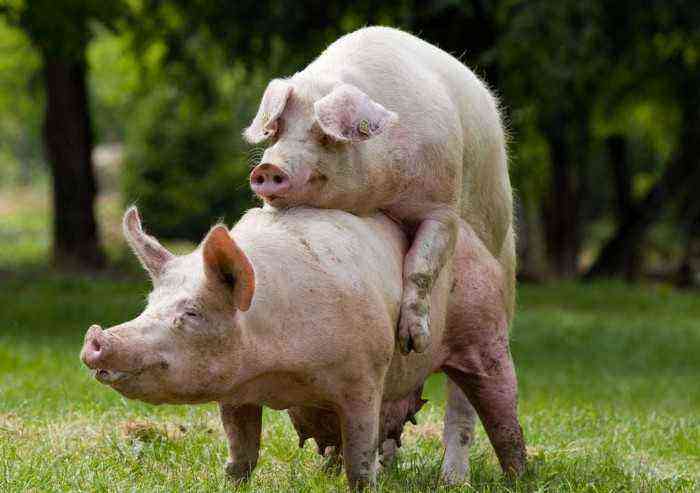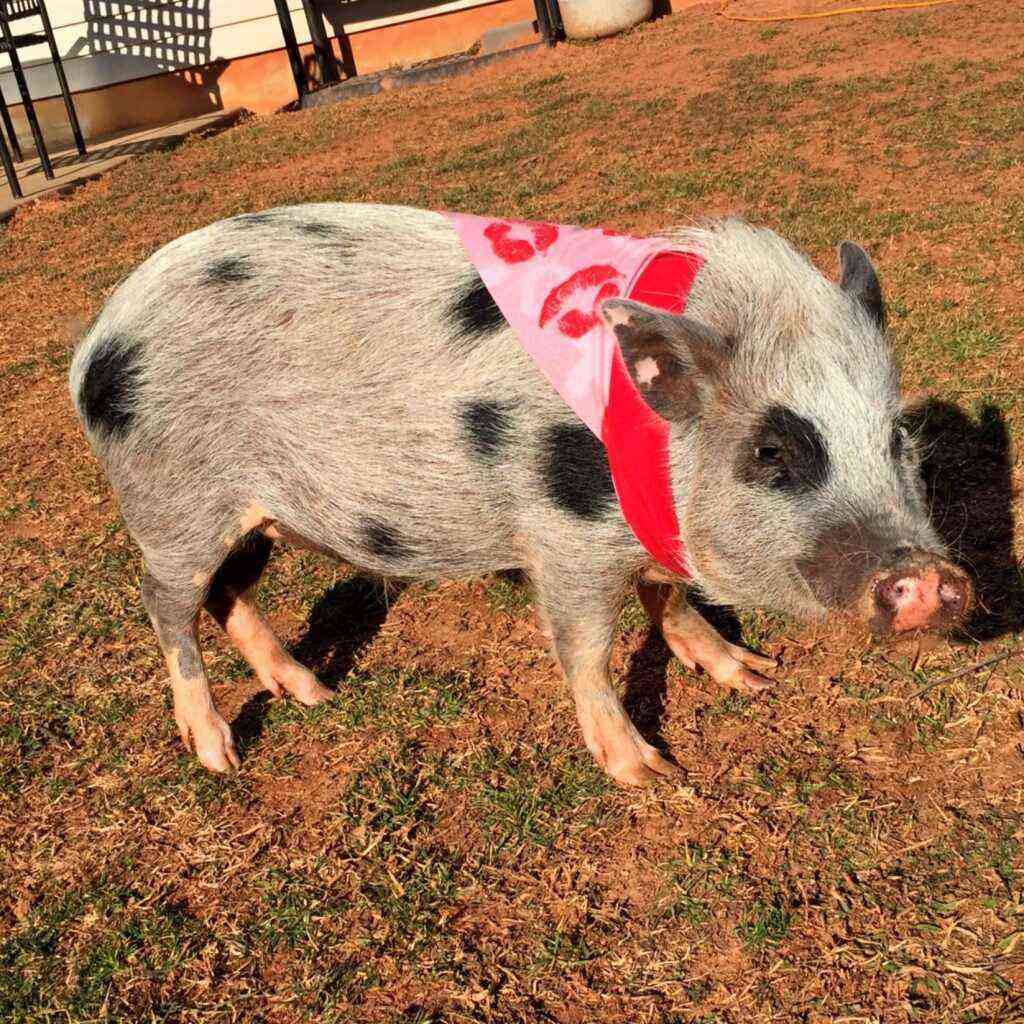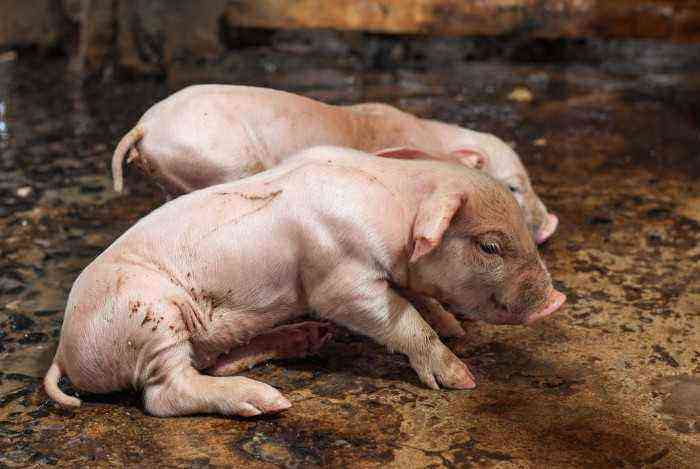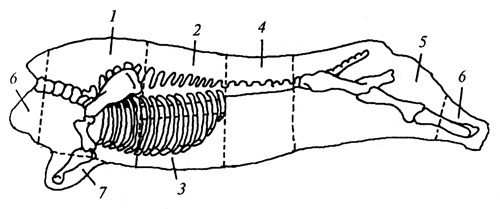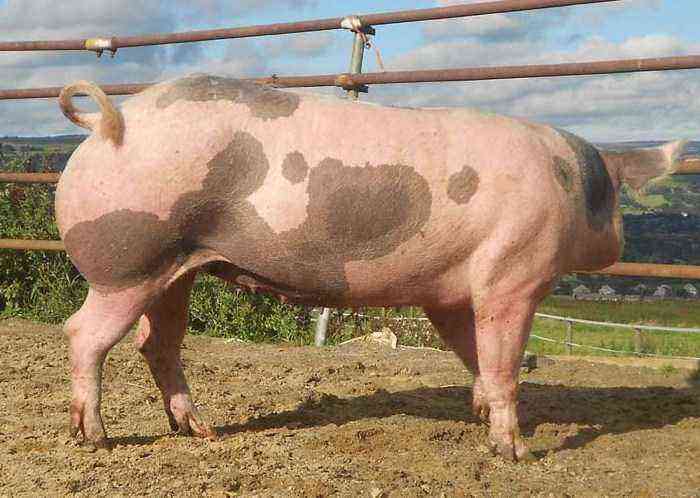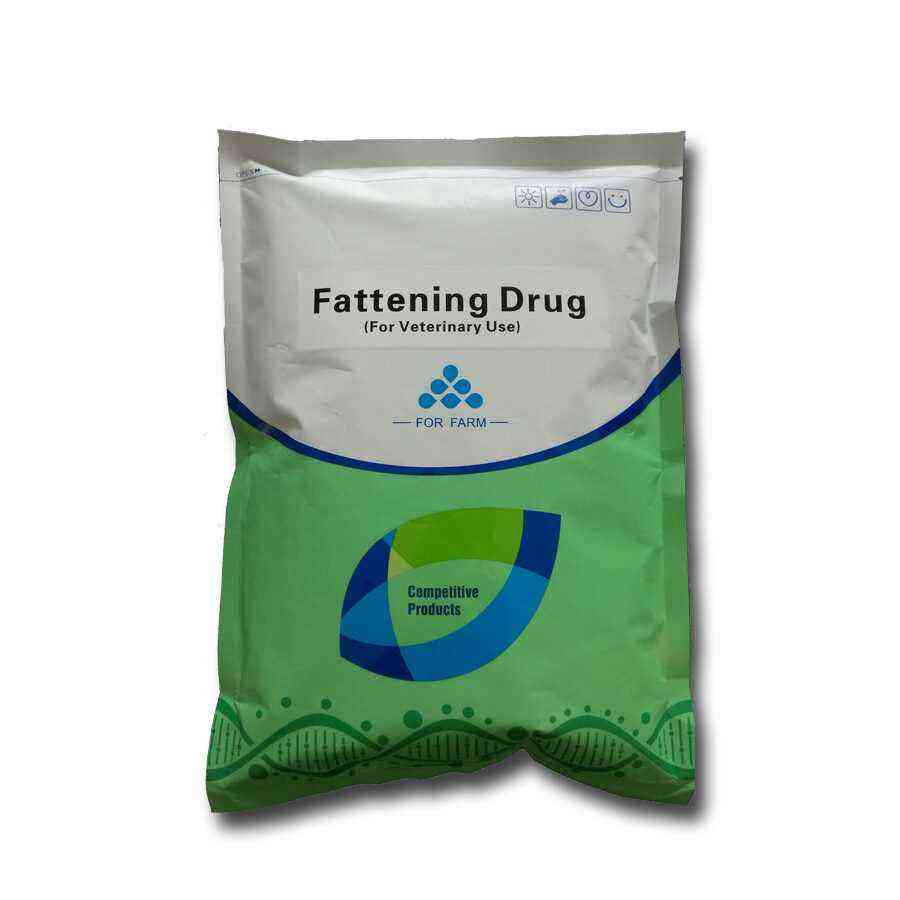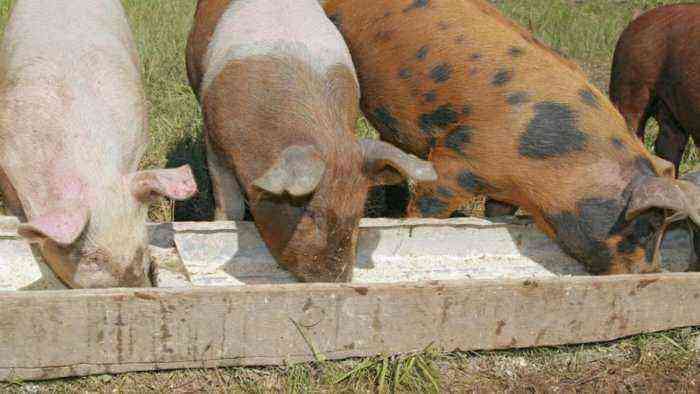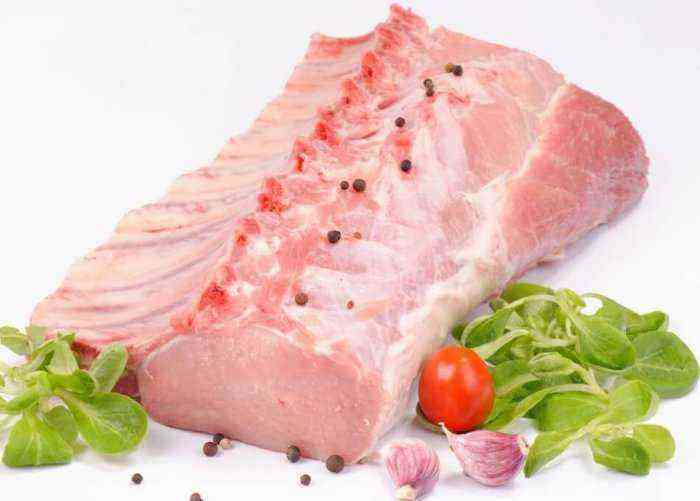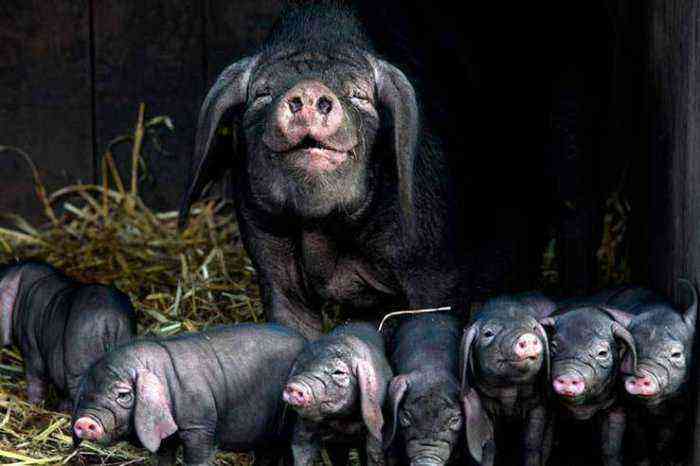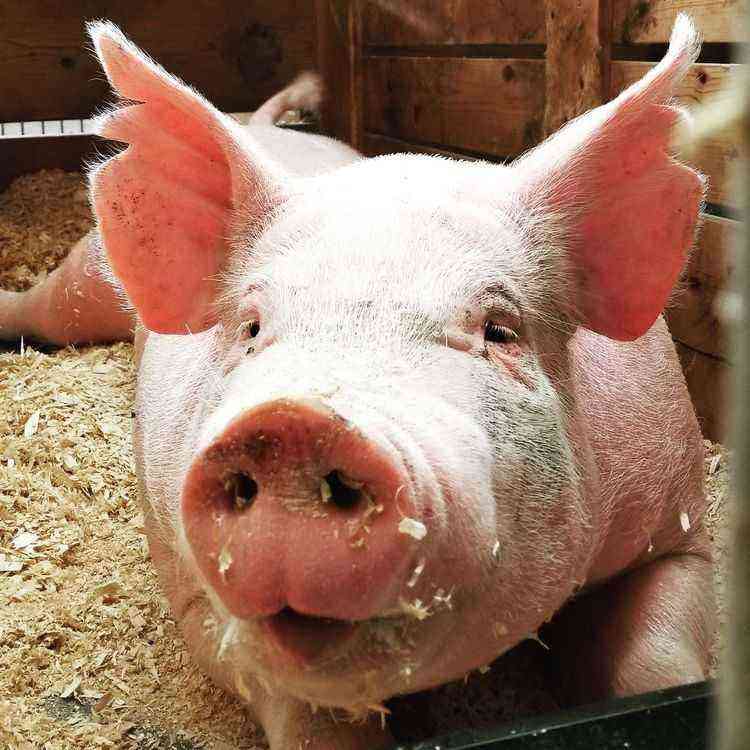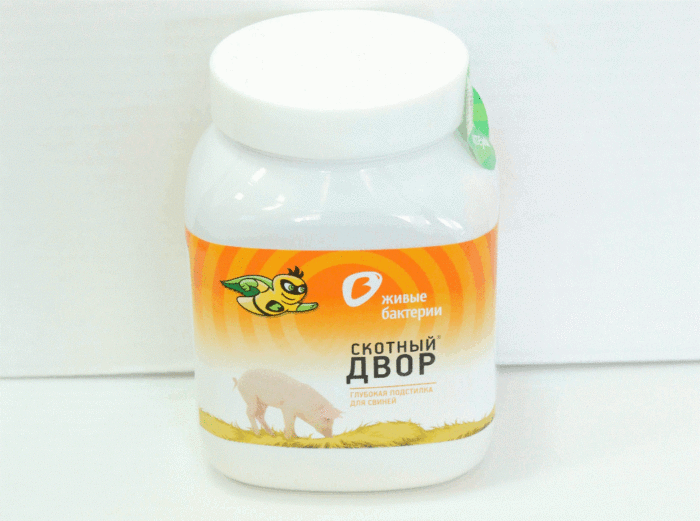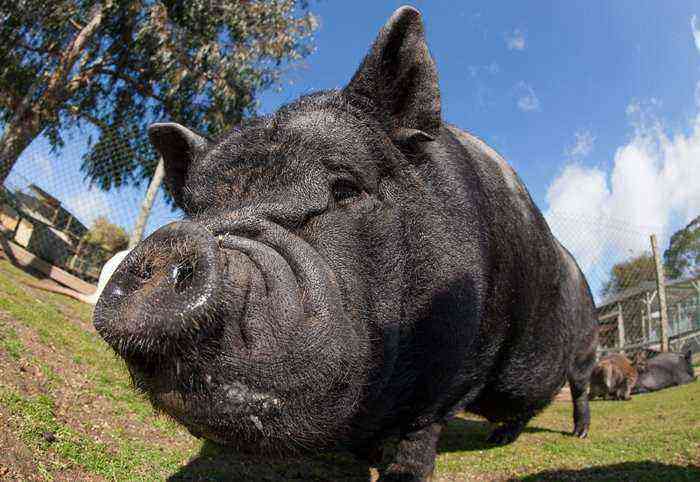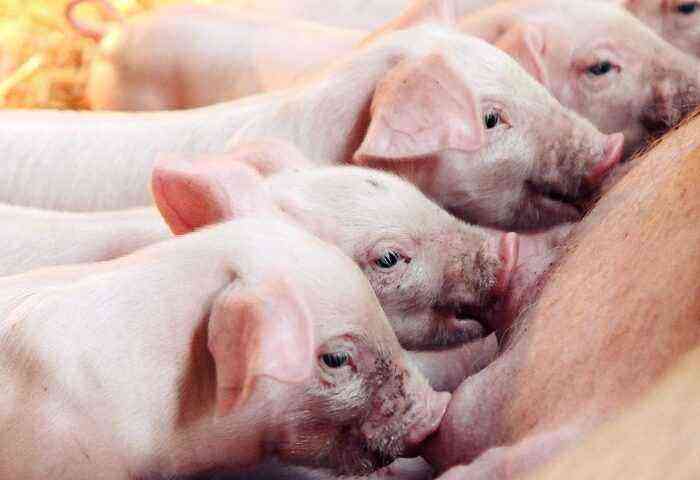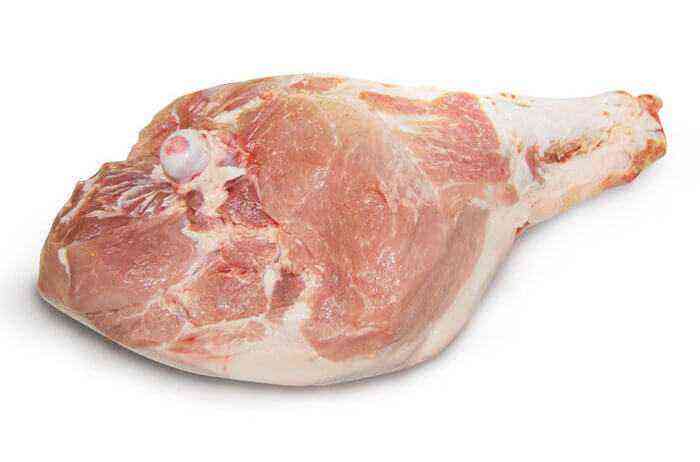Most often, colibacillosis affects piglets in which the immune system has not yet been formed. The infection appears 3-7 days after infection. Colibacillosis in pigs occurs in an acute form.
Sick pigs
What is porcine colibacillosis?
The disease is caused by enteropathogenic Escherichia coli, which belong to the Enterobacteriaceae group. Escherichia in the process of reproduction emit a large amount of toxins. Diarrhea is a response to the penetration of pathogenic microorganisms. With its help, the pig’s body tries to get rid of harmful components.
Important! The likelihood of colibacillosis disease increases in the autumn-winter period. The infection quickly affects the entire herd.
Causes
The source of infection is Escherichia, which is present in soil and water. E. coli is able to survive for 1-2 months. Pathogenic microorganisms show the greatest activity at a temperature of 37 degrees.
Juveniles are especially vulnerable to infection. Microbes enter the body of piglets through dirty water or feed. E. coli may be present in manure. It is necessary to change the bedding regularly, as contaminated faeces and urine of animals get on it. The situation is aggravated by the fact that adults are often carriers of a dangerous infection.
Symptoms and signs
A sick animal suffers from dehydration. Active reproduction of harmful bacteria leads to severe intoxication. The temperature of an infected pig rises to 42 degrees. Escherichia affect important organs of the animal. The infection penetrates the surface of the intestinal mucosa.
Experts distinguish several stages of the development of the disease:
- A symptom of the subacute stage is diarrhea. The pig quickly loses a large amount of fluid. Along with bowel movements, the body is deprived of essential vitamins and minerals.
- In the future, the pig develops an acute stage, which leads to sharp pains in the abdominal cavity. The pig’s eyeballs sink, convulsions begin.
- In the absence of treatment, the disease passes into a hyperacute stage. The pig refuses to feed. Colibacillosis is accompanied by impaired coordination of movements. The animal’s temperature rises sharply. Usually the pig dies within 1-2 days.
Escherichia
On the surface of the intestinal mucosa, specialists identify inflamed areas. Colibacillosis causes deformation of the tissues of the liver and kidneys. In a pig, the membranes of the brain swell.
A characteristic symptom of the disease is a change in the color of the spleen. It takes on a dark gray hue. During the examination, veterinarians find curdled milk in the stomach of piglets. In adults, gastroenteritis is observed, which proceeds in a catarrhal form.
Important! Even in the case of recovery, experts do not exclude the occurrence of relapses.
Diagnostics
To identify colibacillosis, bacteriological studies are used. Specialists collect the feces of pigs. The organs of dead individuals are packed in special containers and sent to the laboratory.
Important! Feces from animals that have not taken antibiotics can be sent for analysis. Antibacterial drugs complicate the diagnosis.
Treatment
To help a sick animal, antibacterial drugs are given (Levomycetin, Neomycin). The dosage depends on the age of the pig. Dehydration can be treated with Ringer’s solution. Dufulac is used to kill dangerous bacteria.
In the process of treatment, antibiotics suppress the activity of not only harmful microorganisms. After taking strong drugs in an animal, the intestinal microflora is disturbed.
Probiotics are used to restore the functioning of the digestive system. Lacto-Sak and Bio Plus 2B are added to the feed for sick animals. The reproduction of dangerous bacteria is accompanied by a drop in immunity. It is possible to raise the body’s resistance due to immunomodulators (Lydium). For the treatment of colibacillosis, special vaccines are used (Porcilis Koli, Dilyuvak Forte).
Decoction of oak bark
Experts recommend combining antibiotics with herbal decoctions. You can speed up recovery if you feed pigs with infusion of St. John’s wort or yarrow. A decoction of oak bark has a beneficial effect on the body of a pig.
In case of complications, veterinarians recommend using Cephalosporin or Gentamicin. When treating piglets, the water is acidified with lactic acid. For therapy, fumaric acid can be used. In combination with antibacterial drugs, this method of treatment can achieve positive results.
You can get rid of unpleasant symptoms with the help of hyperimmune serum. The disease progresses especially rapidly in young individuals. Fluid loss leads to dehydration. Sulfonamides are used to restore the water-salt balance. They contribute to the normalization of acid-base balance. The drugs neutralize the toxins that provoke the development of diarrhea.
Prevention
The breeder must take measures to increase the immunity of the sows. Many animals are carriers of a dangerous infection. For farrowing pigs, it is best to allocate a separate room. E. coli can be destroyed through the disinfection procedure. For this, Chloramine or Furacilin are used.
To avoid infection of future offspring, experts recommend processing the sow. Her limbs are thoroughly washed with Chloramine solution. The person who participates in the farrowing process must comply with hygiene requirements. The diet of newborn piglets should not contain products that have not undergone heat treatment.
How to prevent infection of young animals? Breeders’ mistakes lead to negative consequences. E. coli quickly infects most of the herd. After the birth of piglets, sows need to be given fresh water to drink. Concentrated feed is used as feed. In the future, the diet of pigs is brought to normal.
Dairy products given to piglets must be boiled before feeding. Particular attention should be paid to the separate keeping of animals. Young growth should not be in the same room with the rest of the herd.
The building in which the piglets are located must first be cleared of manure. The pet owner must carry out a disinfection procedure. When detecting colibacillosis, it is necessary to isolate sick individuals. Pay attention to the quality of the food.
In the case of acute colibacillosis, a special serum must be given to piglets. To restore the digestive system, a decoction of oats is used. Mucous fluid envelops the walls of the intestine and protects them from the effects of pathogenic microorganisms.
Conclusion
Colibacillosis in pigs develops due to infection with Escherichia. Pathogenic microorganisms cause diarrhea in animals, which lead to rapid dehydration. Lack of treatment can lead to mass death of pigs. Piglets are especially sensitive to Escherichia, as their immune system has not yet been formed.

